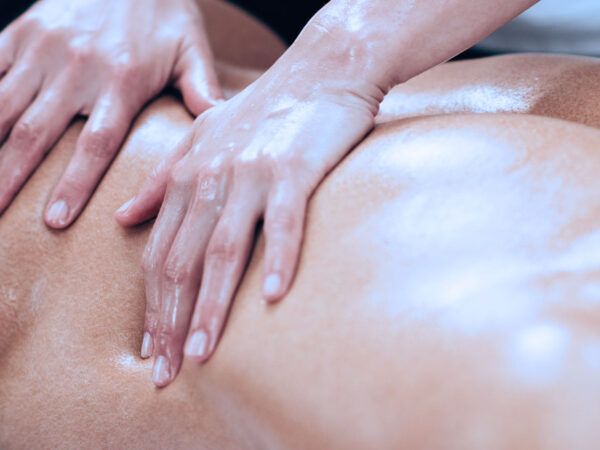What is physical activity is essential after 65?
Although many people emphasize rest, an active lifestyle is a key element for healthy aging. For individuals aged 65 and above, daily physical activity provides significant benefits to their physical, mental, and social health.
Stay active, stay independent
Keeping our muscles and joints active through the years is crucial for strength and flexibility. For older adults, this movement is essential for maintaining balance and leg strength, which in turn reduces the risk of falls—a frequent cause of hospitalization among seniors. Whether it’s walking, dancing, or yoga, every bit of physical activity can help you keep your autonomy.

Heart health and physical resilience
Consistent physical activity can play a powerful role in preventing health issues like high blood pressure, elevated cholesterol levels, and diabetes. Moreover, it contributes to a healthy weight and stronger bones, helping to build resilience against conditions like osteoporosis. Activities such as walking, swimming, and cycling are particularly beneficial for blood flow, blood pressure, and blood sugar control. Just 30 minutes of brisk walking daily can significantly enhance cardiovascular well-being.
Exercise Your Way to a Better Mood
Physical activity isn’t just good for your body; it lifts your spirits too. It triggers the release of endorphins, those “happiness hormones” that can ease stress, anxiety, and even symptoms of depression. Plus, exercise is great for your brain, improving cognitive function and potentially slowing memory decline.

Building Bonds and Beating Isolation
Activities like dance classes, walking groups, and community gardening provide opportunities to stay active while connecting with others. This helps reduce feelings of isolation, strengthen a sense of belonging, and enhance your overall quality of life. These shared experiences are also crucial for emotional well-being and boosting self-esteem.
Sleep better, live better
Physical activity is crucial for improving sleep quality, leading to better rest and increased energy throughout the day. It also promotes an overall sense of well-being and can alleviate physical discomfort like joint pain.
Unlock better movement for healthy aging with the help of a kinesiologist
Starting a new physical activity at 65 or older might seem daunting, but a kinesiologist can provide vital support to ensure you do so safely and effectively.
These healthcare professionals specialize in movement and create personalized exercise plans tailored to individual needs, abilities, and health conditions. It’s not just about “making people move”—their expertise helps improve mobility, strength, and endurance strategically, while also minimizing health risks.
Stay on your feet, avoid hospital visits
One surprising benefit of working on physical activity with a kinesiologist is the potential to reduce time spent in the hospital?
By strengthening muscles, improving balance, and enhancing posture and coordination, kinesiologists help lower the risk of falls and injuries, which are a leading cause of hospitalization for seniors.
Furthermore, for those with chronic conditions like heart disease, diabetes, or arthritis, tailored exercise programs can improve overall health, slow disease progression, and promote better recovery from health problems.
Choosing the right exercise
The World Health Organization (WHO) advises older adults to aim for 150 to 300 minutes of moderate-intensity exercise each week, including muscle strengthening at least twice a week and balance activities three times a week to prevent falls.
Here are some examples of accessible exercises that can be adapted to your specific abilities
- Walking, swimming, cycling.
- Tai chi, gentle yoga.
- Adapted gymnastics.
- Gardening, dancing, active games.
- Safe and Motivating Support to Keep You Moving.
Working with a kinesiologist means having a supportive guide who respects your individual pace. They provide reassuring advice, tailor your exercises specifically for you, and truly listen to your needs. This professional support builds confidence, which is essential for staying active and avoiding inactivity or setbacks.

Remember, you don’t need to run marathons to benefit from physical activity. The key is to discover enjoyable ways to move daily at a comfortable pace and within your abilities. At 65 and beyond, you deserve to live life to the fullest, and staying active is a fantastic way to do so.
Learn how our kinesiologist can help you integrate regular physical activity into your life.




